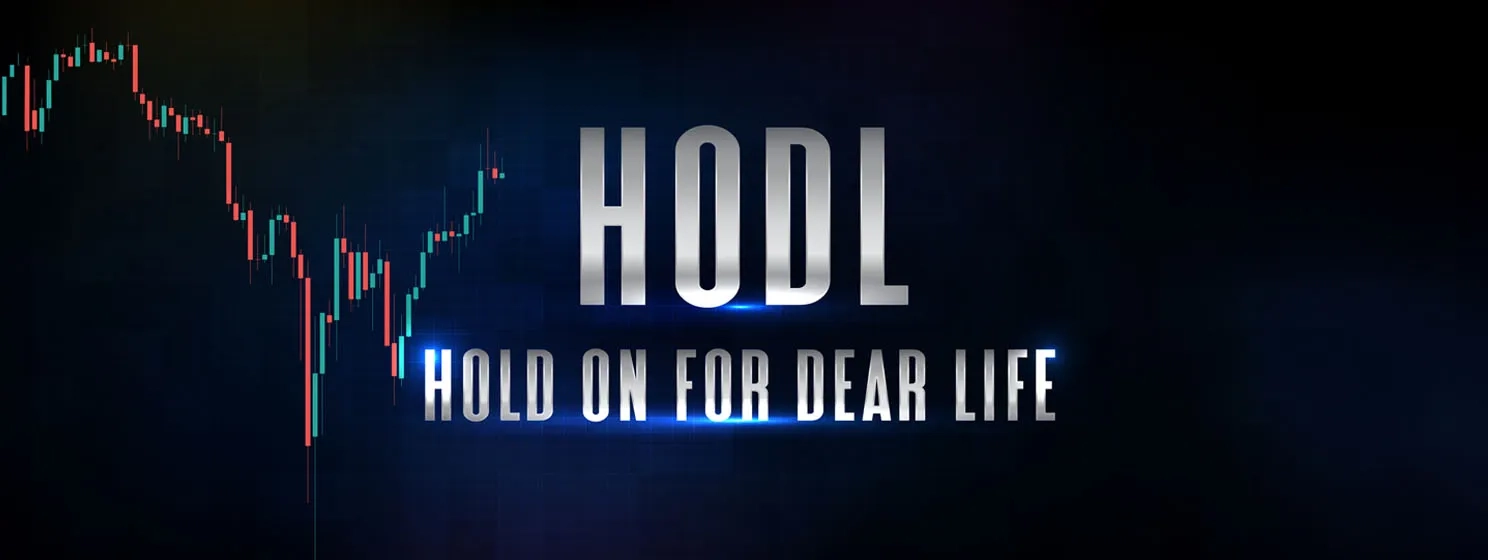 Getting your Trinity Audio player ready...
Getting your Trinity Audio player ready...
Bitcoins economic vision, as laid out by Satoshi Nakamoto in 2008, was never about sitting on a digital pile of gold. It was about creating a living, breathing electronic cash system. Yet, today, the dominant narrative is HODLing, with enthusiasts treating Bitcoin as a store of value rather than a medium of exchange. This shift risks undermining the systems core mechanic: transaction fees. Satoshis model could crumble without widespread usage, proving that Bitcoin must be spent, not just stashed.
The fee-driven future
Bitcoins blockchain relies on miners to process transactions and secure the network. Miners are incentivized by two rewards: newly minted coins (the block reward) and transaction fees. The block reward halves every four years or every 210k blocks, down to 3.125 BTC in 2025, and will eventually hit zero around 2140. Well before that happens, fees alone must sustain the network. Satoshi foresaw this, writing in 2010 that the fee market will develop as issuance slows. But for fees to cover mining costs, transactions need to happen, and a lot of them fast.
Right now, fees are a footnote. But fast-forward a few years: if Bitcoins price doesnt skyrocket indefinitely, fees must rise, or volume must surge to keep miners hashing. HODLing doesnt pay the bills; usage does.
The HODLing Paradox
The HODLing craze, cheered by Maxis chanting stack sats, creates a paradox. Transaction volume stagnates if everyone holds, waiting for the next bull run. Data from 2024 shows daily Bitcoin transactions averaging 300,000-400,000, a fraction of Visas (NASDAQ: V) 500 million. Low usage means fewer fees, which could starve miners once block rewards dry up. A network with idle blocks isnt just inefficient; its vulnerable. Miners might abandon ships, weakening security and inviting attacks.
Satoshi didnt design Bitcoin as a speculative asset. The whitepapers title, A Peer-to-Peer Electronic Cash System, screams utility. Early adopters like Laszlo Hanyecz, who famously spent 10,000 BTC on pizza in 2010, embodied this vision. HODLing flips that on its head, betting on scarcity over circulation. But scarcity alone wont sustain the system if no ones using it.Usage is the lifeline
For Bitcoin to thrive long-term, it needs a bustling free market driven by real-world use, buying coffee, paying rent, and tipping online. In 2025, only a handful of merchants accept BTC directly, and volatility still spooks spenders. Yet, usage isnt just about convenience. Its existential. More transactions mean more fees, resulting in more miners and a stronger network.
Critics argue Bitcoins capped supply (21 million coins) makes it too precious to spend. But thats a self-fulfilling prophecy. If no one spends, the fee model fails, and the whole system falters. Satoshis genius was tying security to activity, not dormancy. A Bitcoin thats hoarded but not used is a ticking time bomb.
Conclusion
Bitcoins economic model isnt built for HODLing alone; it demands usage to survive. Transaction fees are the endgame, and they only work if the network hums with activity. Satoshi didnt dream of a digital vault; he dreamed of a currency that moves. Without that, Bitcoin risks becoming a relic, a cautionary tale of a great idea that forgot to get used. Fees or bust: its time to spend some sats.
Watch: Bringing the Metanet to life with Teranode
BTC Bull Run Digital Gold HODLing Satoshi Nakamoto speculation

